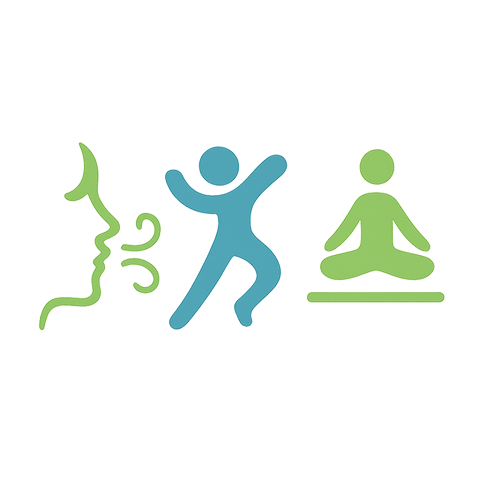If you’ve ever experienced a nagging pain in your lower back, you’re not alone. Many individuals overlook the importance of lumbar health until discomfort strikes. However, maintaining a strong and flexible lumbar region is crucial for overall wellness, especially if you lead an active lifestyle. This guide aims to navigate you through the essential components of lumbar stretching, fitness, training, and health, ensuring you can enjoy every activity without the burden of pain.
Understanding the anatomy of your lumbar spine is vital. The lumbar region comprises the lower five vertebrae, responsible for bearing much of your body’s weight. As such, core strength, proper posture, and flexibility play pivotal roles in sustaining lumbar health. Incorporating regular lumbar stretching into your fitness routine not only fosters flexibility but also minimizes the risk of injury, allowing you to engage in your favorite activities with ease.
When it comes to fitness and training, any program should emphasize not just strength but also mobility. Strengthening the muscles surrounding the lumbar spine, such as the abdominals and glutes, will create a supportive framework. Moreover, exercises that promote stability, like planks or bridges, can be particularly beneficial, ensuring your spine remains aligned during more dynamic activities.
However, all the strength in the world won’t help if your muscles are tight. Lumbar stretching exercises serve as a counterbalance to strength training by enhancing the flexibility of the muscles. Activities like yoga and Pilates are excellent methods to incorporate lumbar stretching. These practices emphasize mindful movement and breath control, helping to reduce stress and tension while elongating your back muscles, which can provide relief from lower back pain.
As you embark on this journey towards better lumbar health, listen to your body. Always warm up properly before engaging in strenuous activities. Simple stretches, such as the cat-cow or seated forward fold, can loosen tight muscles and improve your range of motion. Integrate these stretches not just post-workout but also throughout the day, especially if you work at a desk or lead a sedentary lifestyle. A few minutes every hour can cultivate a more flexible and resilient lumbar spine.
Incorporating mobility training into your fitness routine can revolutionize the way you engage with activity. Focus on exercises that enhance hip flexibility and strength, as they directly contribute to lumbar stability. Lunges, hip openers, and even dynamic stretches like leg swings can significantly impact how your lower back feels during day-to-day tasks and workouts.
Moreover, consider your lifestyle choices. Regular activity, balanced nutrition, and mindful hydration all contribute to keeping your lumbar spine healthy. Sedentary habits can create tension and tightness, so break long periods of sitting with short bouts of movement or stretching. Developing a routine that encourages lumbar stretching can become a restorative practice that not only feels good but also empowers you to live an active, pain-free life.
Whether you’re an athlete or someone who enjoys casual activities, nurturing your lumbar health through proper stretching and core-strengthening exercises is essential. Recognize that a strong and flexible lumbar spine is a gateway to fitness and longevity. So, let’s all commit to incorporating lumbar stretching into our daily routines, fostering a lifestyle filled with movement, and honoring our bodies in every way.




